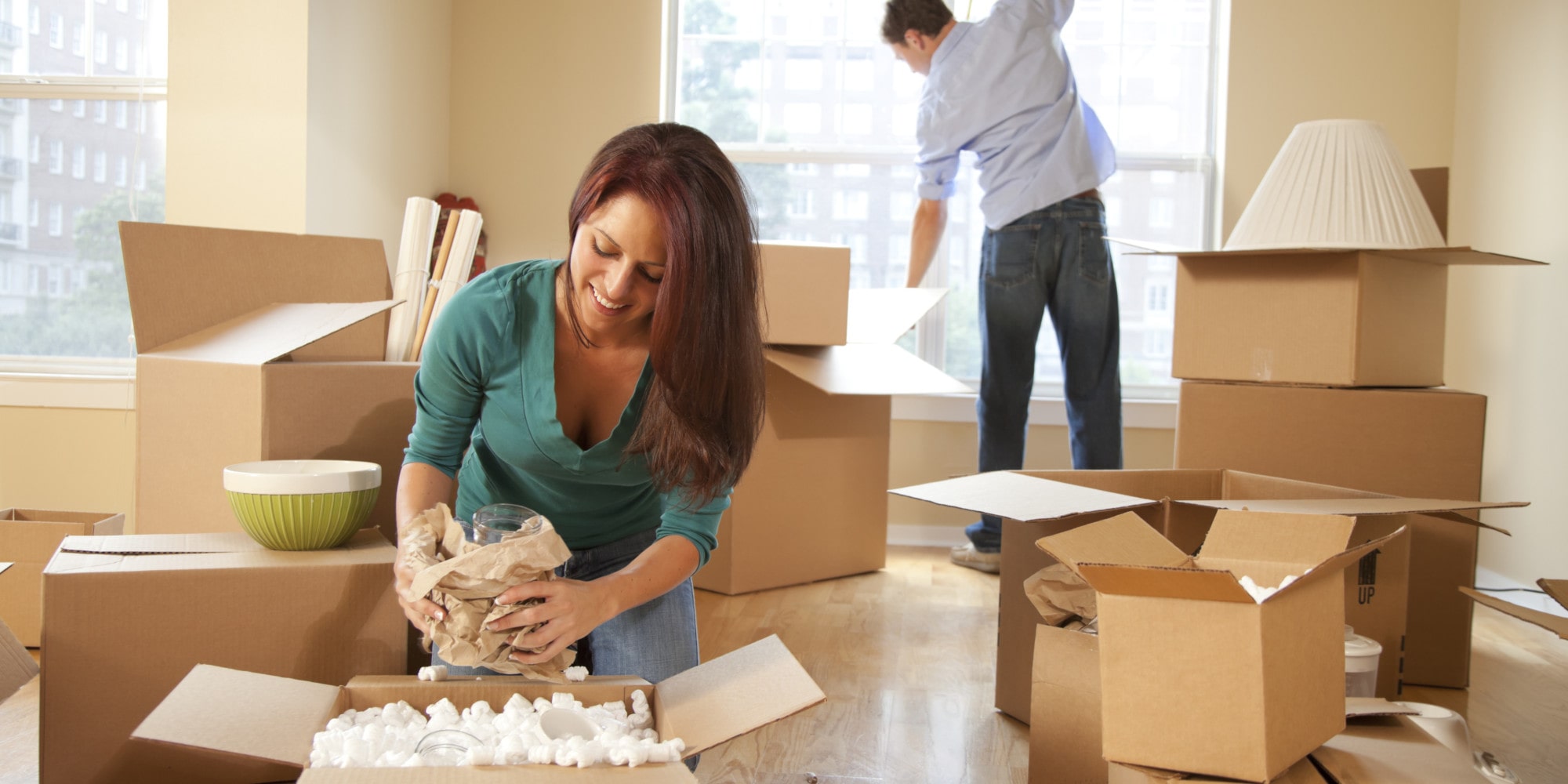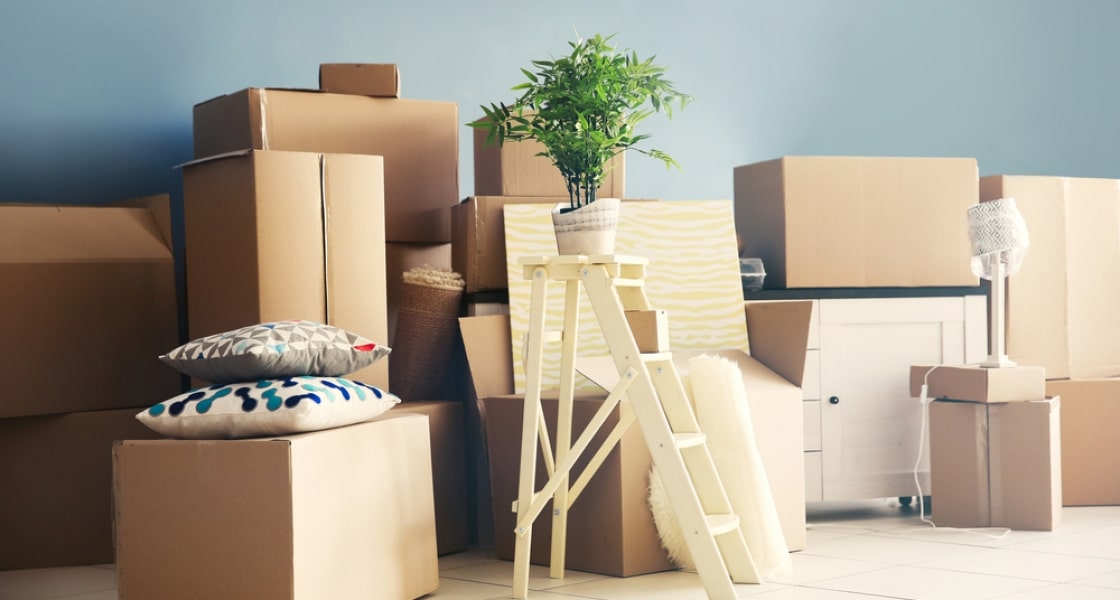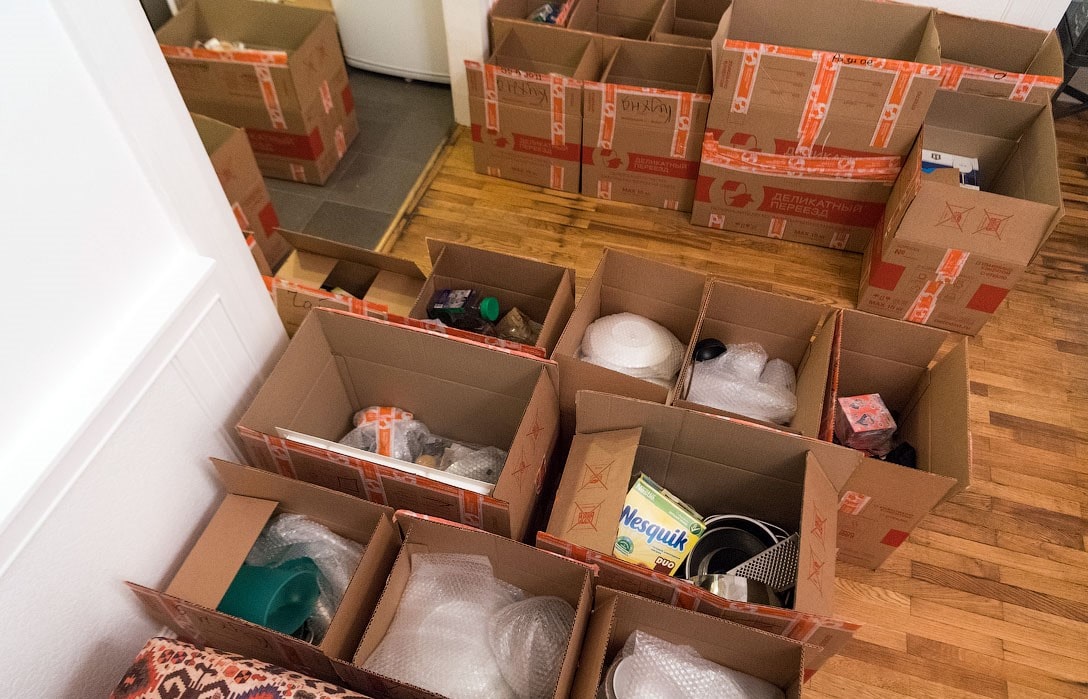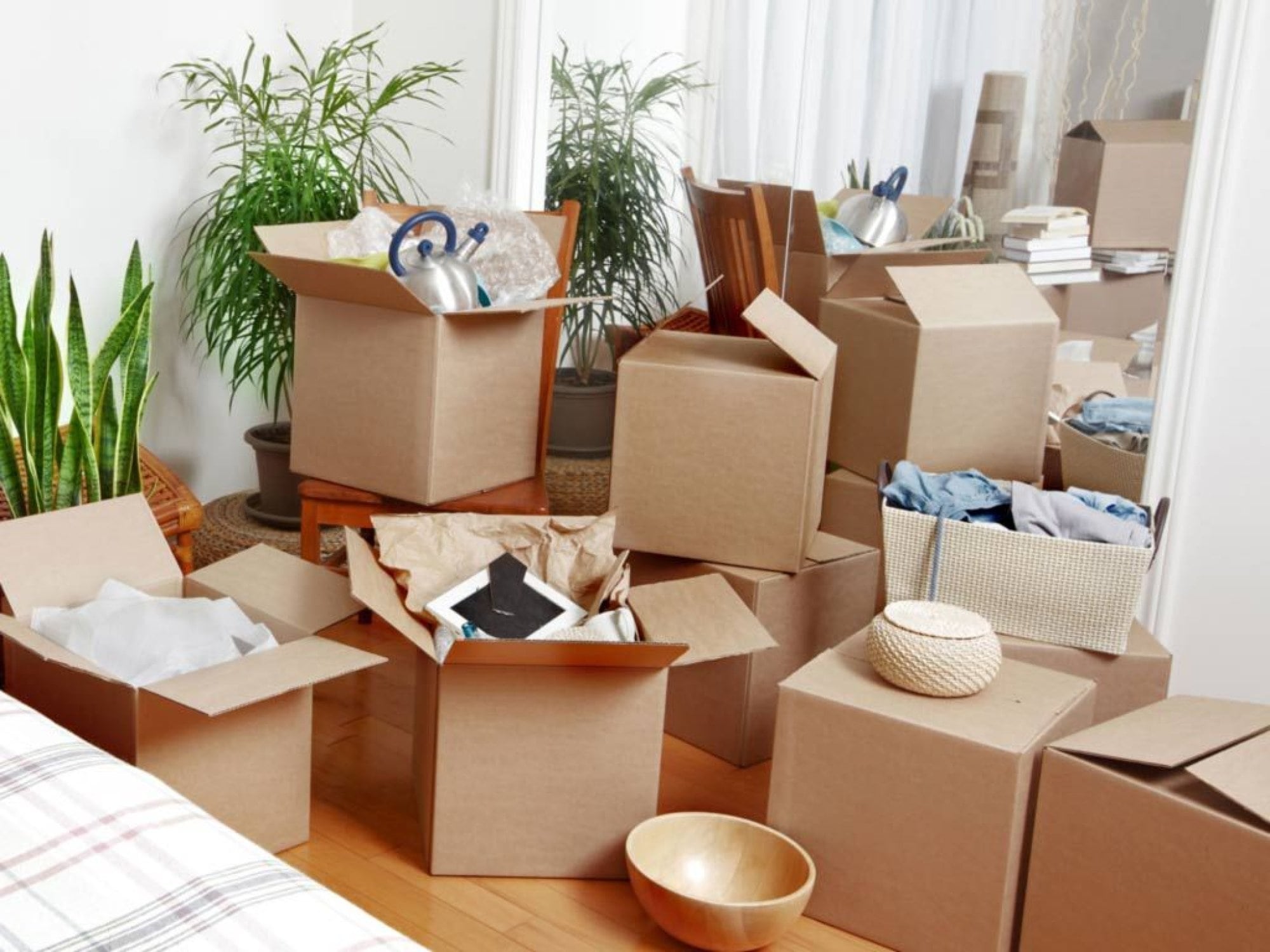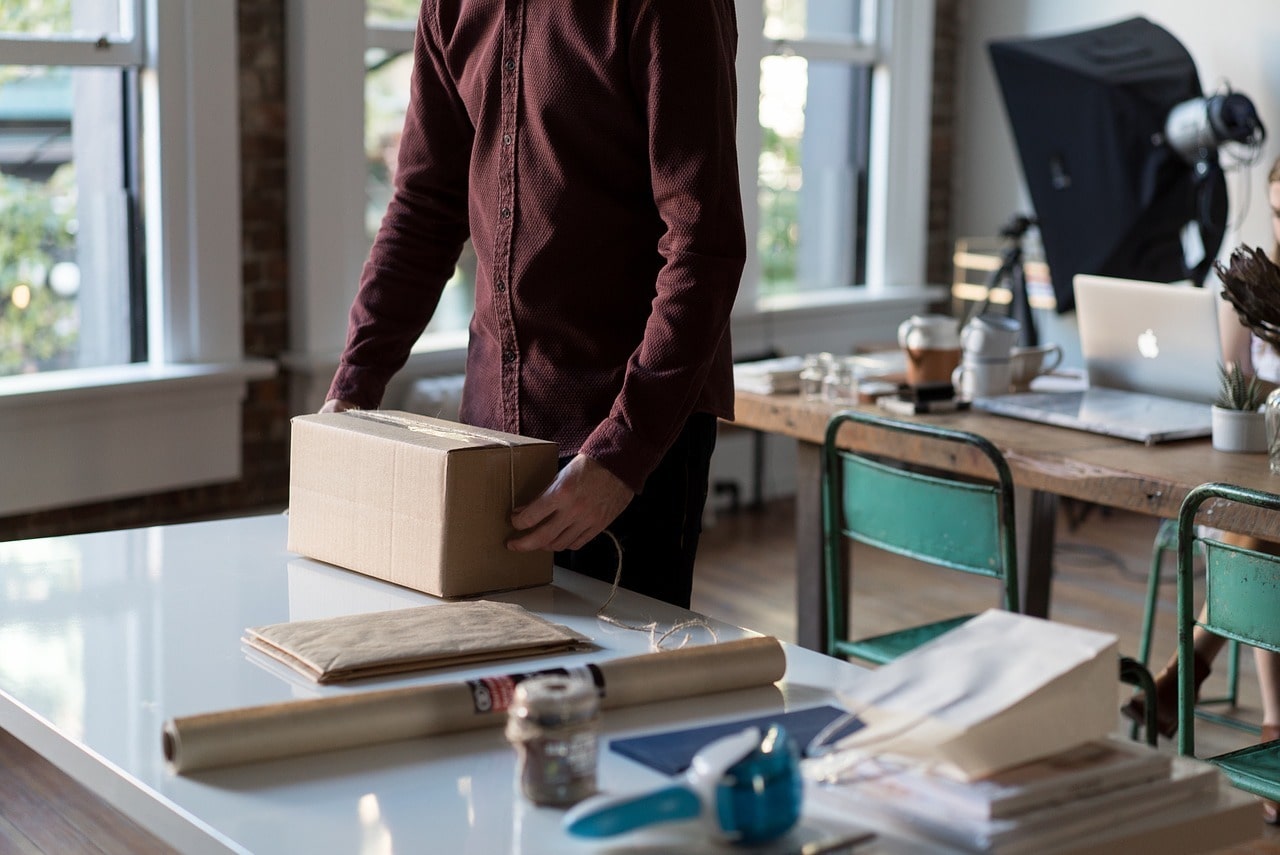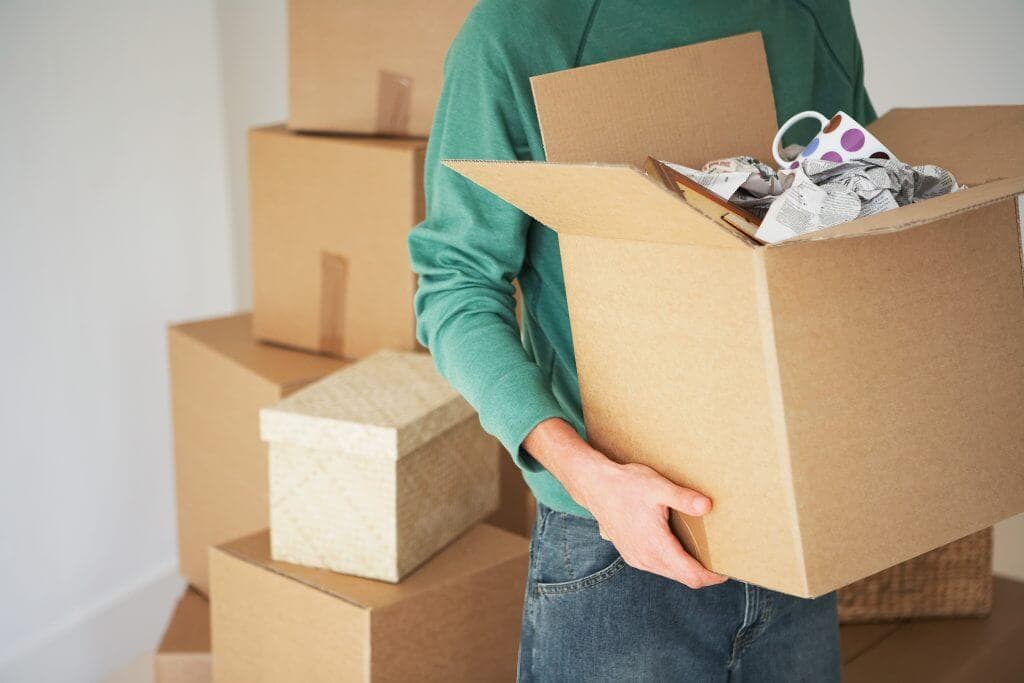Content:
As the famous proverb says, two moves are equivalent to a fire. Probably, this “natural disaster” takes second place in its scope and expenditure of forces, second only to repair. Why people have such an attitude to this is unknown. Perhaps this is a consequence of loss, the fear of something new, or the fear of damaging or breaking something, but moving is a bad dream for most citizens. In this article we will tell you how to quickly and easily pack things when moving, making the comparison of this event with a fire or other natural disasters cease to exist.
Important! Everyone is convinced that quite a few things are enough for their lives. In fact, during the move, it turns out that the scale of what is happening was not fully appreciated, so preparation takes several days. You can avoid this with a competent and organized approach.
Training
Probably, this stage is the most important, because it is in the process of preparing for the move that you need to pack things and sort them. You can cope with this task by following the algorithm described below.
Materials and Packaging
First of all, you need to prepare various materials that can be used as packaging for various things, namely:
- Scotch tape and scissors.
- Brown paper and newspaper.
- Different in size boxes.
- Air bubble film.
- Pens and labels for labeling.
- Plastic bags or bags.
- Soft fabric
Important! As packaging materials, you can use boxes of household appliances, shoes and other purchases.
Sorting documents
Documents and securities - without which it is impossible to imagine the life of a modern person. When any trip they are useful in the first place, so important papers need to pay special attention, checking their presence more than once.
Also in a separate daddy you need to collect all that you need to move, namely: money for the movers, receipt of the order of transport, information about the company, contact details and so on.
Important! Money, bank cards, jewelry and personal documents, as well as the necessary medicine should be kept with you, folded in your personal bag.
Throw away too much
Relocation is a great opportunity to carefully review things and evaluate their usefulness. Often, the move is accompanied by the release of a large amount of garbage, because in the new housing may not all be useful. Items that must be discarded:
- Broken furniture.
- Old utensils.
- Things from the category "just in case."
- Items that have not been used for several years.
- Tetrad leaflets.
- Old pens.
- Broken children's toys.
- Remains of building materials.
Sorting personal belongings
You also need to find a free box where the personal belongings of the household will lie. It must be put on the very top, as it is needed immediately after the move. Things to pack here:
- Soap.
- Towel.
- Toothbrush and paste.
- Home shoes and clothing.
- Hygiene items.
- Two sets of changeable clothes.
Use old things with benefit
If there is no bubble wrapper in the house, then it can be replaced with old clothes. Surely in any wardrobe there are a lot of things that have not been used for a long time and remain there according to the principle “it’s a pity to throw it out, suddenly come in handy” When moving these things will be salvation, because they can be folded small objects.
Preparation of equipment
Before moving all the equipment you need to disconnect from the network, after taking a picture of the connection and wires connecting the electronics. Thanks to this, you can save time and nerves, and make the correct installation, ensuring yourself a comfortable stay in a new place.
How to pack when moving?
Leaving items of furniture, equipment and personal use safe and sound during transport is possible only in the case of proper packaging. This can be done only with a clear sequence.
Stage 1
- Create a cozy and spacious place in the house for packing things where they can be laid out and carefully picked.
- Lay out nearby boxes, packing materials, tape, labels and markers.
Stage 2
- Each item is wrapped in paper, a bag or old clothes, protected from mechanical damage. Putting things in the box should be carefully and as convenient as possible, with heavy objects at the bottom and lighter at the top.
Important! The total weight of the box should not exceed 30 kg, and it is important to remember the rule of “thumb”. If the box can not be moved with a thumb, then some of the things need to be shifted to another container.
- On each box with a marker you need to specify the name of the room and a list of things that it contains.
Stage 3
- Pack bed linen, tablecloths, curtains, blankets and other things from cabinets and mezzanines.
- Fold the books, put them in stacks of 15 pieces, wrap paper and protect the corners.Pack discs and brochures in a separate box, filling the voids with old clothes or flannels. Boxes glue tape and sign.
- Clothes and shoes should be divided for each family member separately, sorted into packages depending on the season of use (summer, winter, demi-season).
Stage 4
Kitchenware:
- Wrap sharp objects in cardboard and pack them so that they do not damage the box. At the bottom you need to put old newspapers or foam.
- Gradually empty the drawers in the kitchen, putting small items in plastic containers for food.
- Place the dishes and glass with cardboard or bubble wrap.
- Plates should be placed vertically, using soft fabrics and towels.
- Pans and pots rewind newspapers and also folded in a box, fill the voids with soft fabrics, such as towels.
Stage 5
Furniture:
- Disassemble, pack in film, folded into large boxes and sign. Small accessories lay down separately.
Important! If the furniture will not be disassembled, then all the doors and drawers need to be taped to prevent them from opening during transport.
- Glass doors and shelves, paintings and mirrors to be packed separately in cardboard sheets and tied with tape.
Stage 6
- Household appliances are best transported in their own packaging with foam, putting in each box the documents to the equipment.
- The screens of televisions and monitors need to close the bubble film, securing it with scotch tape.
- Flammable items are packaged separately.
The final stage
We find a large box and make the signature "open first." It will be things that are needed immediately after the move. Subjects that are required to be there:
- Pan and pan.
- Spoons and forks.
- Paper or plastic plates and glasses.
- Personal and paper towels.
- A couple of pens.
- Sponge and dishwashing detergent.
Loading things in the car
During loading, you need to control the process by controlling the actions of the loaders. With the right approach you need:
- To load dimensional things.
- Put heavy and stable things first, setting them as a foundation.
- On top of them arrange the bags and lighter boxes.
- Plants and fragile things to take in the passenger cars.
Important! Before leaving you need to go through all the rooms, making sure that nothing is forgotten. It will not be superfluous to tidy up, leaving a good impression on the new owners of the apartment.
Recommendations
- It is better not to fasten the boxes with scotch tape, but with special packing tape.
- T-shirts, towels and unbreakable items can be folded into a clean garbage bag.
- Pictures and portraits can be packaged in pillow cases.
- Bags with clothes can fill the voids in the truck, protecting fragile things from movement during transportation.
- Chest drawers can be left untouched, it is enough to lay fragile things with a soft cloth.
- To load and unload cars you need to use garden or work gloves, protecting the skin of the hands.
- Empty boxes from grocery stores are prohibited, as they often contain insect eggs.

































